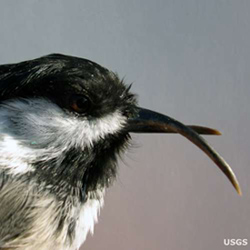Fishing for Answers off Fukushima
Japan fisheries data provides a look at how the ocean is faring 18 months after the worst accidental release of radiation to the ocean in history
Japan’s “triple disaster,” as it has become known, began on March 11, 2011, and remains unprecedented in its scope and complexity. To understand the lingering effects and potential public health implications of that chain of events, scientists are turning to a diverse and widespread sentinel in the world’s ocean: fish.
Events on March 11 began with a magnitude 9.0 earthquake, the fourth largest ever recorded. The earthquake in turn spawned a massive 40-foot tsunami that inundated the northeast Japanese coast and resulted in an estimated 20,000 missing or dead. Finally, the wave caused catastrophic damage to the Fukushima Dai-ichi nuclear power plant, resulting in the largest accidental release of radiation to the ocean in history, 80 percent of which ended up in the Northwest Pacific Ocean. (more…)

